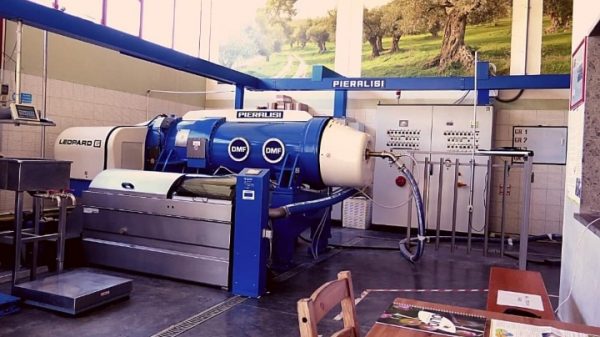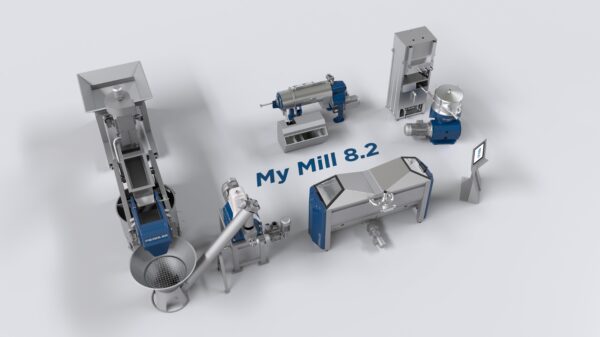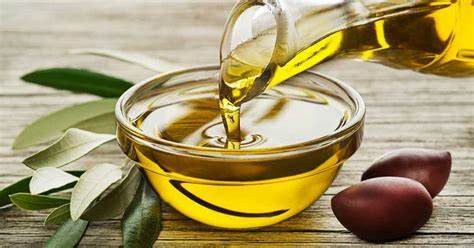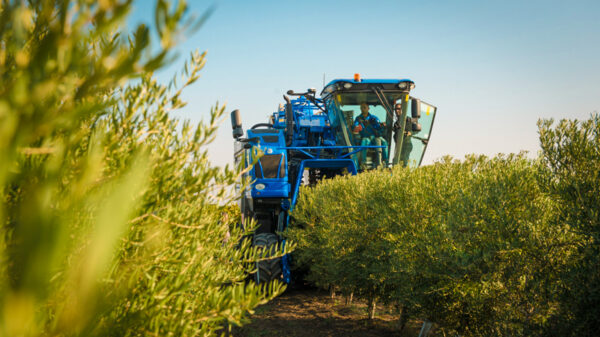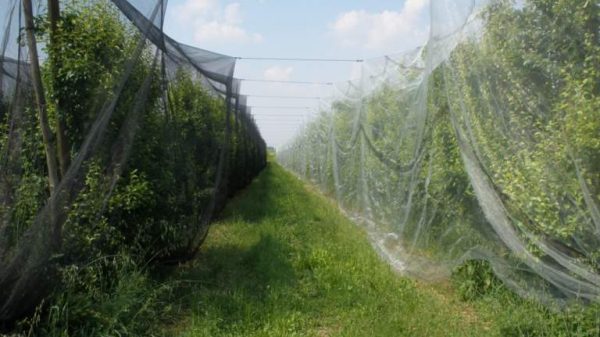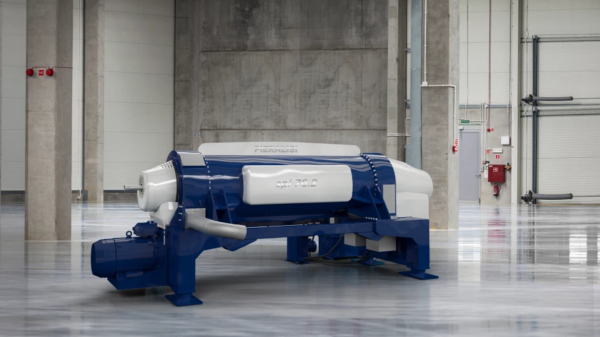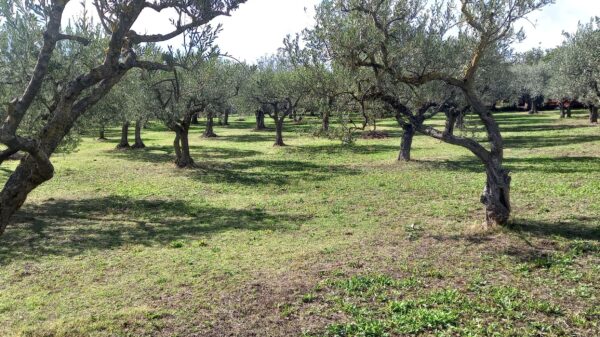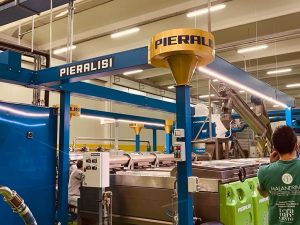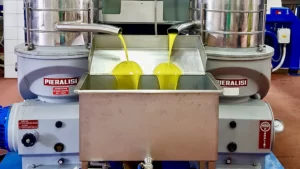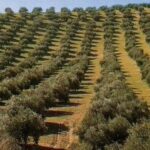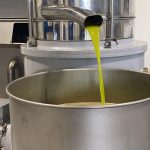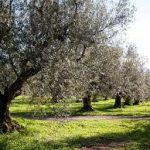With an early olive harvest already in mid-September and temperatures close to 30° even in October, the oil sector is increasingly having to deal with the need to apply cooling technologies to guarantee the high quality of production . But which are the most effective? We asked the prof. Maurizio Servili, professor of Food Science and Technology at the University of Perugia (in the picture), a point of reference in scientific research on oil quality and technological innovations in the olive oil extraction process.

Prof. Servili, first of all, explain to us: what effect do the high temperatures we are witnessing have on the processing of olives?
“The main repercussion is a negative variation in the lipoxygenase activity which leads to a decrease in the content of aldehydes responsible for the “green herbaceous fruity” notes, an increase in the corresponding alcohols, associated with the “ripe fruity” and “hay” notes and Furthermore, a reduction in the esters responsible for the "floral" note. In fact, it should be remembered that the activity levels of the enzymes involved in the lipoxygenase pathway have different optimal temperatures, ranging from 18 to 24 °C. Hence, the need to apply cold technologies in the oil mill arises."
What solutions are foreseen?
“In recent years, extra virgin olive oil extraction systems have been developed which allow the temperature of the olives to be lowered to reduce all the negative effects on the sensorial quality, especially regarding the volatile profile. In this regard, the introduction of a cold zone, which must last for short periods of time, to be placed directly during the pressing and/or in the period immediately following it, before the malaxing phase, has aroused particular interest.
The control and maintenance of the temperature in the cold area, which must fall within an optimal temperature range for the activity of the enzymes involved in the lipoxygenase pathway (18-20 °C), can be achieved with the help of different approaches technological to be used individually or in combination. Among these we include the following: climatic cells to cool the olives before pressing; application of cooling machines for pre-pressed olives; addition of dry ice during crushing; jacketed crushers capable of cooling the pastes during pressing; post-crushing tubular heat exchangers of the “tube-in-tube” type. For each of these technological applications, experimental activities are underway to define their operational efficiency and the related effects on the quality of the oil.
Any results?
“Specific studies on the use of heat exchangers to cool the pastes in post-pressing have shown interesting results and a significant improvement in the content of phenolic and volatile compounds, although dependent on the cultivar. This approach is, at the moment, the most consolidated both from a scientific point of view and in terms of technology transfer.
A second consideration concerns the possibility of combining more than one process to reduce the temperatures of the olives or pastes. This opportunity is linked to the initial temperature of the incoming olives and the efficiency of the cooling systems. In this context, the application of cooled crushers in combination with olive cooling machinery or post-pressing heat exchangers could provide interesting results. The extension of the cold rest period of the pastes in the phase following the post-pressing heat exchange was also studied considering the different rest times that subtract from the kneading period. The results obtained in this sense are cultivar dependent, but in any case they produce an increase in aromas, but, at the same time, a reduction in the phenolic content of the extra virgin olive oil".
What conclusions do you draw from it?
“In fact, a new experimental and plant working hypothesis is emerging more and more clearly which sees the introduction of two very distinct areas. The first, the cold one which can be applied to olives or pastes after pressing, is aimed at a selective improvement of the aromatic profile of the oil with positive effects which can also be observed on the phenolic content. The second, the hot one, however, which can be configured with the traditional kneading phase or with the introduction of heat exchangers, allows the treatment of the pastes aimed at reducing or replacing the phase of stopping the dough in the kneading machine".
